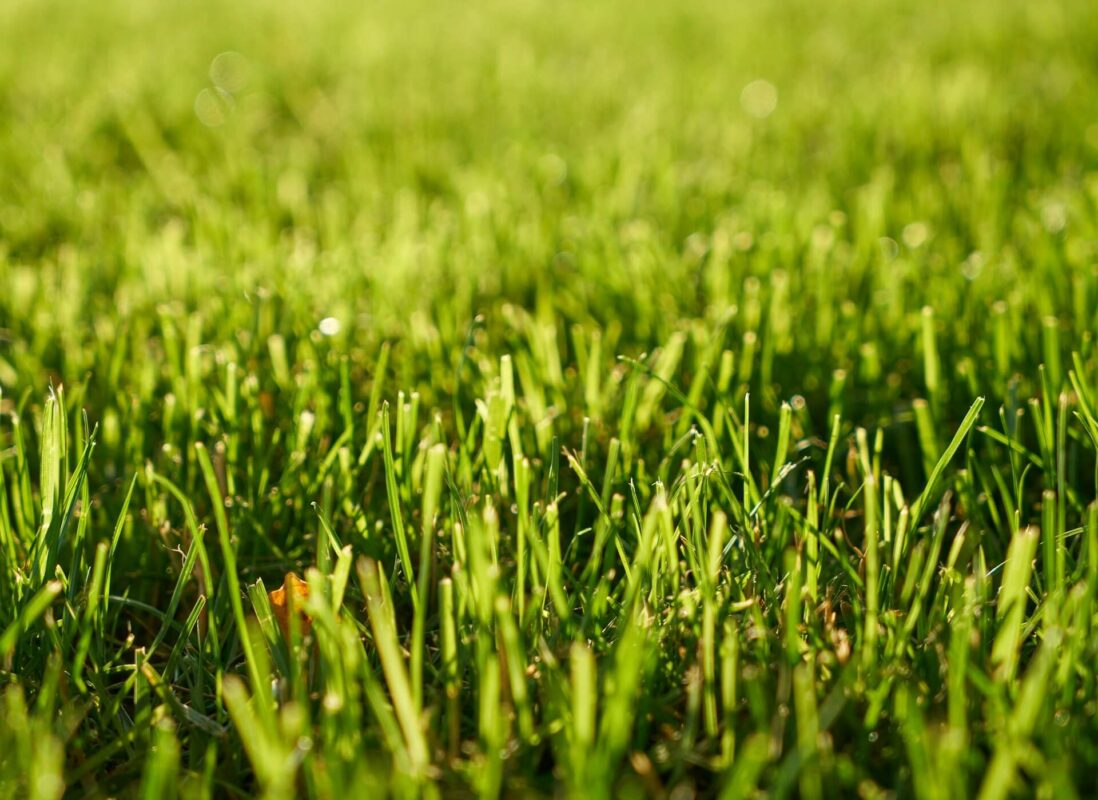New Year’s Resolutions for Your Lawn and Garden

They say the definition of insanity is doing the same thing over and over again and expecting different results. Nowhere is this truer than with the lawn and garden. I’m sure all of us have experienced this form of insanity at one time or another. Maybe we’ve become used to doing things the way we’ve always done them, or perhaps we’re just nervous to try something new. Whatever the reason, 2014 is the year we are going to do things different! Here are six New Year’s resolutions ideas that will not only improve your landscape, but will better the world around you.
Rainwater Harvesting
Let 2014 be the year you start collecting rainwater. Let’s face it, most traditional lawn grasses require quite a bit more water for their survival than other plants in the landscape. Add to this the recent drought conditions in many areas of the country, and it’s no wonder homeowners are looking for any way to reduce their consumption of this precious liquid. Rainwater collecting, or harvesting, is a great way to supplement your existing irrigation program. It can be as simple as a 30 gallon barrel attached to the gutter of a roof, or as elaborate as a 3,000 gallon underground cistern. When rainwater harvesting methods are used on an already drought-resistant grass species such as buffalograss, it’s possible to have a totally self-sustaining irrigation system.
Composting
Let 2014 be the year you start composting. Composting is an easy, inexpensive way of producing organic matter for your lawn and garden. Simply place all your yard waste, food scraps and other organic materials into a bin or tumbler and let nature transform it into dark, rich humus. Another simple way of adding organic matter back into the soil over time is by mulching your grass clippings instead of removing them.
Stop Using Peat Moss
Let 2014 be the year you stop using peat moss. Traditionally peat moss has been used as a top-dressing to assist with seedling establishment and as an additive in potting soils. Most of the peat moss available in the North American market comes from Canada where it’s mined after scraping off the top layer of the living sphagnum moss found in bogs. Peat moss mining is far from sustainable, and once these bogs are destroyed they’re not coming back (at least not for a few thousand years). Instead of top-dressing with peat moss, consider using a professional top-dressing such as our Seed Aide product.
Plant More Ornamental Grasses
Let 2014 be the year you plant more ornamental grasses. Ornamental grasses fit just about every area, need and condition found in the landscape. They can be used as accents, groundcovers, edgings, screens, mass plantings and even focal points. They can range from 6 inches to 10+ feet tall and can be found in shades of green, yellow, blue, brown, red, and purple. Even their seed heads provide visual interest, many forming fluffy plumes or eye-catching spikes. And to top it all off, ornamental grasses typically require less maintenance when compared to other plants.
Help Pollinators
Let 2014 be the year you help out the honey bees and other beneficial pollinators. If you haven’t heard, honey bee populations have been struggling lately. To help them every way we can, select plants that bees will be attracted to. Look for wildflowers that produce large, colorful flowers with a strong fragrance. Wildflower blends are the best choice. You can also create a honey bee sanctuary by planting our honey bee pasture blends. Whatever you decide, remember honey bees and other pollinators are sensitive to chemicals. Avoid using pesticides whenever possible.
Increase Biodiversity
Finally, let 2014 be the year you increase the biodiversity around your yard. The more variety of plant types around your home, the greater the biodiversity. The greater the biodiversity, the more your landscape can manage and take care of itself just like landscapes found in nature. If you can count the number of different plant types in your yard on one hand, you should definitely look into increasing the biodiversity of your property. Try planting different grass species in different areas and transforming some of your lawn into natural, meadow-like habitats rich with native grasses and wildflowers. Don’t forget about biodiversity when it comes to wildlife either. Birds, beneficial insects, butterflies and hummingbirds should be welcomed and encouraged to visit your landscape.

